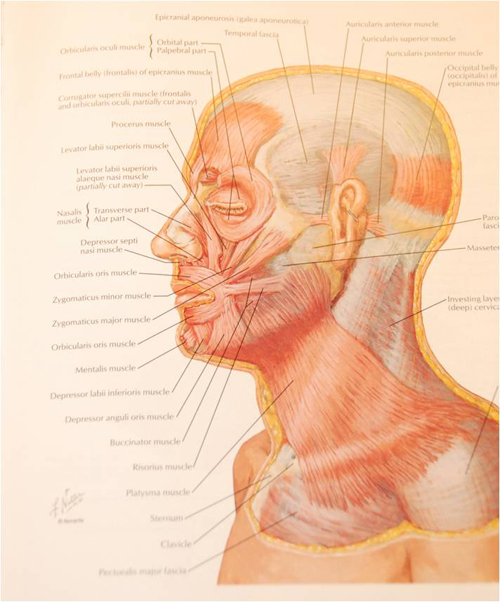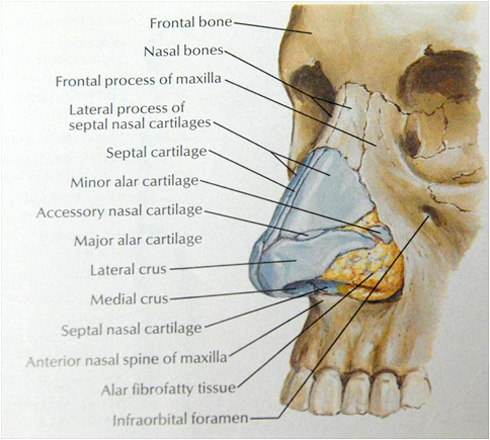You should tailor your questions about rhinoplasty (Dr Young is in Bellevue Washington) based on your desires for the type of changes you are interested in. If you were to ask questions about all aspects of rhinoplasty, you could be in for a long day / night so to speak. Your questions should be really centered around your interests. This will take also some research on how this procedure is performed, recovery, preparation etc. You should go into the consult informed of the procedure as much as possible to facilitate the discussion about your particular concerns based on your anatomy. Some common questions for your doctor though should be if he is board certified in this procedure, is he fellowship trained, how many rhinoplasties they have done, you should look at the before and afters of his procedure, you may consider asking for references from former patients as well. You really should look over all of his credentials. Where they studied can have a huge impact on their skills.
One thing to consider is that sometimes the number of rhinoplasties that a surgeon has done is not necessarily an indicator of how well the rhinoplasties are done. I used to know a surgeon who would always tell his patients that he has done over 3-4 thousand rhinoplasties. Well that is great, but how many of those are done well. Some surgeons stick with the same techniques and never get better. You want to know that your surgeon is continually improving on his technique and constantly learning about new techniques and ways to improve older techniques. This is more important, sometimes, than how many they have done.
You should find out if the surgeon does his rhinoplasties using open or closed techniques. Closed techniques are based on older set of skills. Although the recovery might be faster. These techniques, in my opinion, are much less accurate. The main difference between closed and open techniques is that with the open technique there is an incision at the base of the nose in between the nostrils. Rhinoplasty link, the before and afters are further down, so you’ll have to scroll down to see it. As you can tell, you can barely see this incision. I totally prefer the open technique.
Another question you should ask your surgeon is how he performs his rhinoplasties and his techniques. Does your surgeon do destructive maneuvers that lead to uncontrollable outcomes. These destructive techniques are based on traditional and older techniques that many surgeons still use because they have not learned the newer less destructive techniques. Nowadays, surgeons that are versed in more advanced up to date techniques tend to use sutures to affect the tip structures and shape them to the desired shape and size. A surgeon that gives you a brief and easy to understand approach on how he would design and plan your rhinoplasty is probably better than someone that doesn’t. I have some other blogs that describe how procedures are briefly done during a rhinoplasty. To also help, here is a video on Rhinoplasty.
Thanks for reading, Dr Young
Dr Young specializes in Facial Plastic and Reconstructive Surgery is located in Bellevue near Seattle, Washington

